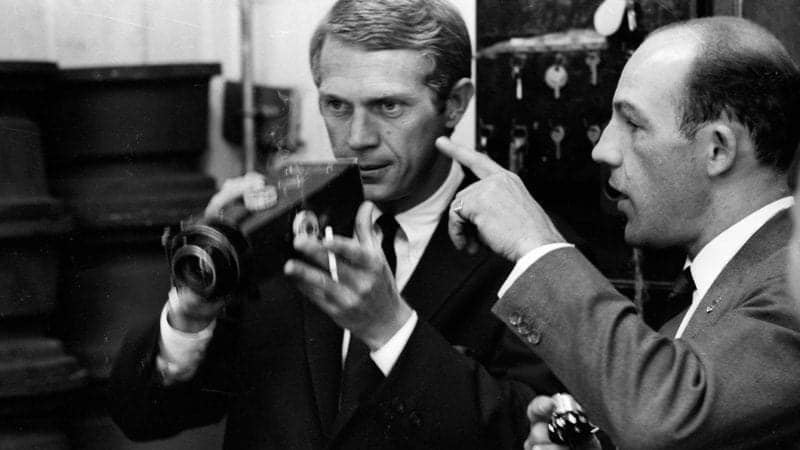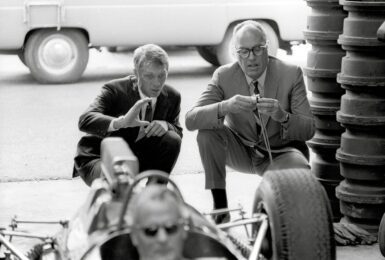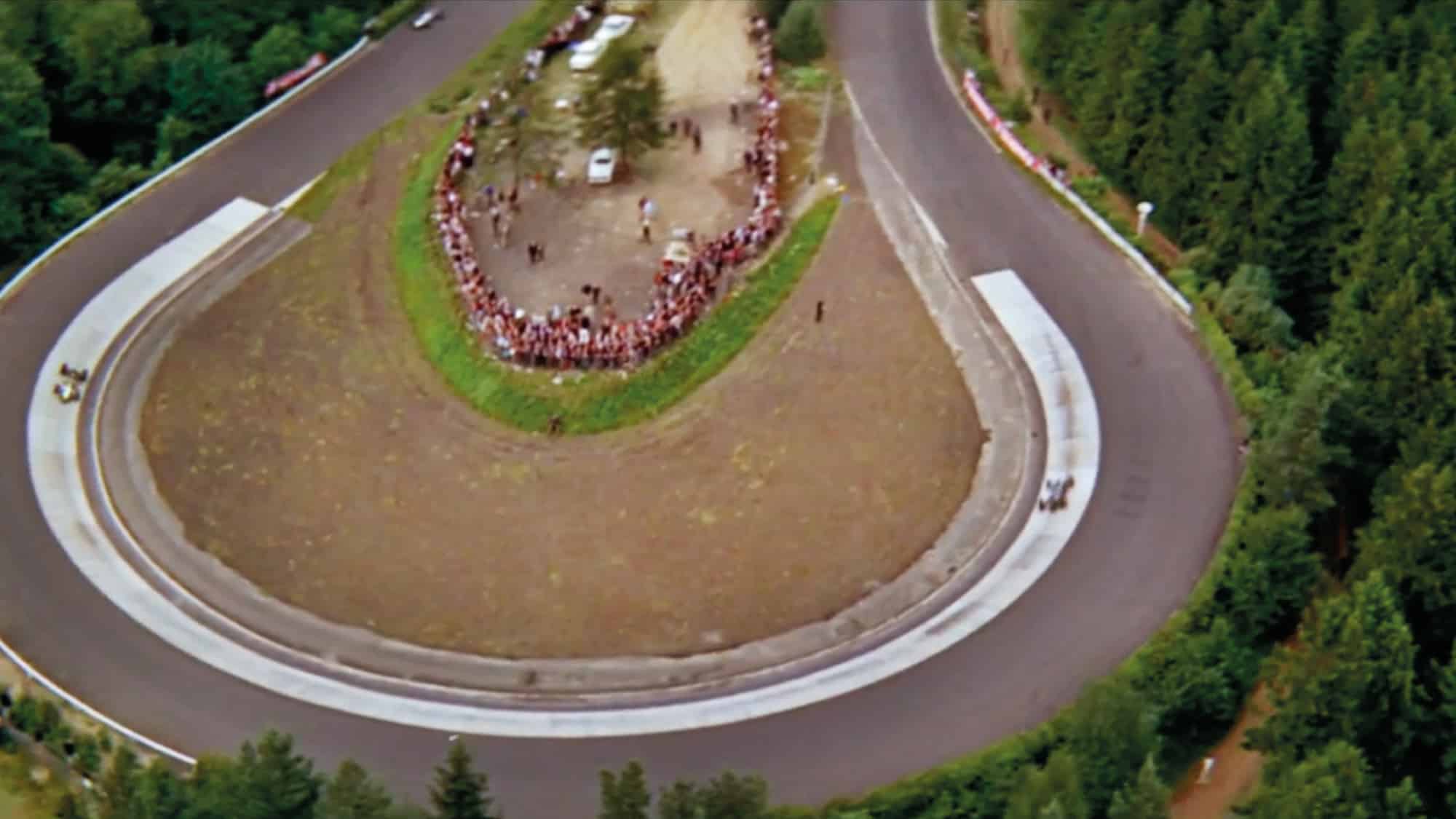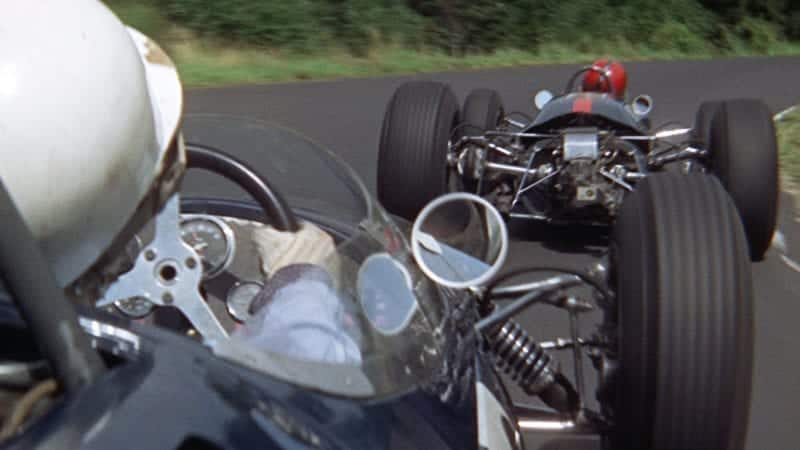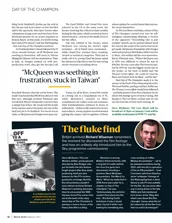The Lost Movie covers in detail the fascinating backstory behind Day of The Champion, with narration from US talkshow host and paid-up racing enthusiast David Letterman. As it shows with a mix of great archive photos, plus both recent and period interviews, the seed was sown when McQueen spent three months in the UK towards the end of 1961 filming a war movie, The War Lover. It was that film’s locations in and around Hertfordshire and Cambridgeshire that lured the actor to make this black-and-white picture. Why? Because McQueen knew he’d be in the vicinity of windswept Snetterton and the Jim Russell racing school, which is where he’d spend a degree of his down time during the shoot.
John Whitmore took him to Oulton Park for a ‘clubbie’, where McQueen raced an Austin A40
Vibrant British Pathé colour film of Russell’s Formula Juniors is an early treat, as is a fascinating interview with a hirsute McQueen conducted with Anglia TV during filming, in which he discusses his love of motor racing. “It’s a pure thing. Racing is one of the few things in life you can’t fix,” he says to the plummy interviewer the like of which simply doesn’t exist today. “You can’t buy your way out of it. When you are out there by yourself, you are very much by yourself.”
During that time in the UK he also befriended likeminded Mini racer John Whitmore, who hit it off with an actor not yet as famous as he soon would be (this was post-The Magnificent Seven, but pre-The Great Escape. Whitmore took him up to Oulton Park for a ‘clubbie’, where McQueen raced an Austin A40 of all things, then more famously let him have a run in his Mini for a British Saloon Car Championship round at Brands Hatch, in which he came out third best in an entertaining battle with Vic Elford and Christabel Carlisle. Now Lady Christabel Watson, his female rival that day is interviewed in the documentary and recalls McQueen driving her back to London after the race. “He was charming, chatty – had wonderful blue eyes…” she says with a glint in her own. “He behaved extremely well.”
